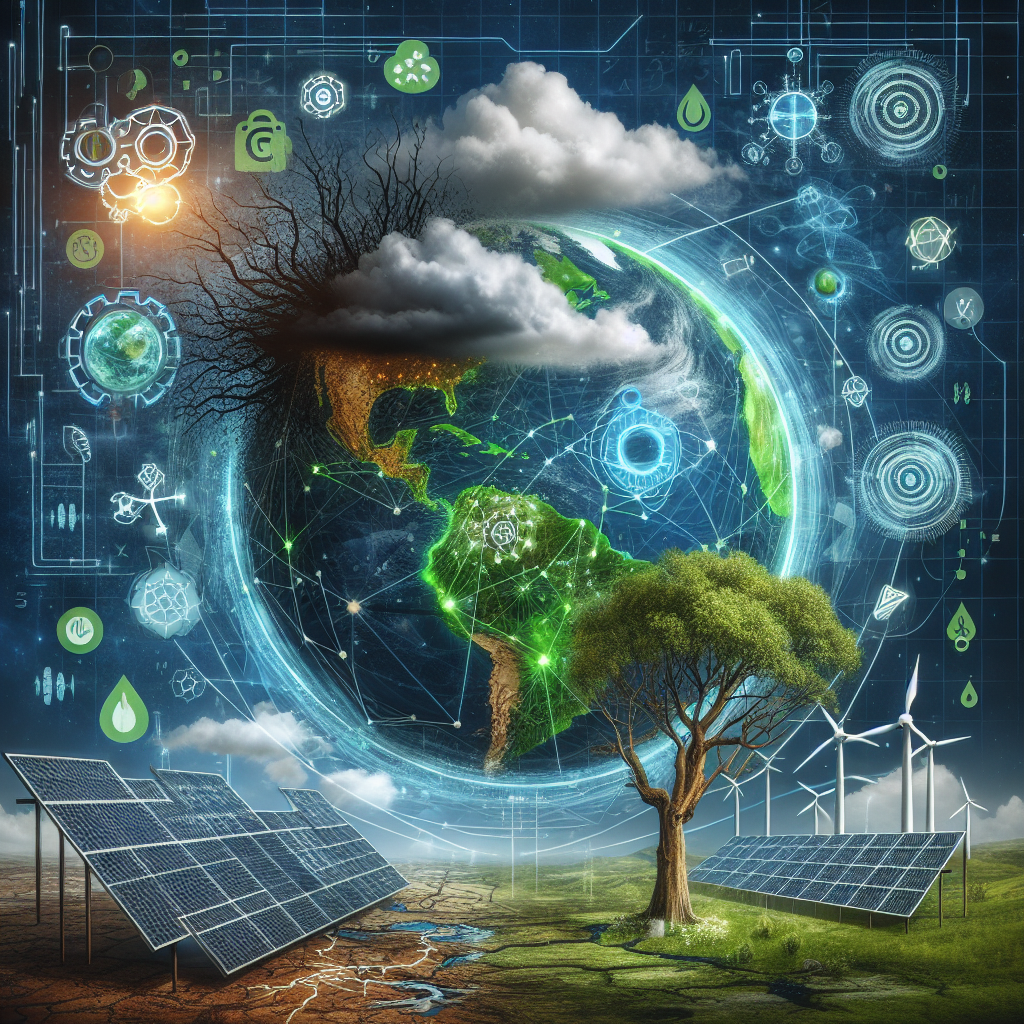The Environmental Impacts of AI Development
Artificial Intelligence (AI) has become an increasingly important and pervasive technology in our modern world. From self-driving cars to virtual assistants, AI is being used in a wide range of applications to improve efficiency, productivity, and convenience. However, the rapid development and deployment of AI systems also have significant environmental impacts that need to be carefully considered and addressed.
AI technologies require large amounts of computational power to function effectively. This means that data centers and servers that power AI systems consume a significant amount of energy. In fact, data centers are estimated to account for about 1% of global electricity consumption, and this number is expected to rise as the demand for AI continues to grow.
The energy consumption of AI systems has a direct impact on carbon emissions, as the majority of electricity is still generated from fossil fuels. The carbon footprint of AI development is further exacerbated by the manufacturing and disposal of hardware components, which also contribute to greenhouse gas emissions.
In addition to energy consumption, AI development also has significant water usage implications. Data centers require large amounts of water for cooling purposes, and the extraction and processing of raw materials for hardware components can have a detrimental impact on local water resources. In regions where water scarcity is a concern, the growth of AI technologies could exacerbate existing water stress issues.
Furthermore, the disposal of electronic waste from outdated or malfunctioning AI hardware is a growing concern. E-waste contains toxic chemicals that can leach into the soil and water, posing a threat to human health and the environment. Proper recycling and disposal of e-waste is essential to mitigate these risks, but current practices are often inadequate.
The environmental impacts of AI development are not limited to energy consumption, water usage, and e-waste generation. The use of AI in industries such as agriculture, transportation, and manufacturing can also have indirect consequences on ecosystems and biodiversity. For example, the use of AI-powered drones for precision agriculture can lead to increased pesticide use and habitat destruction, while autonomous vehicles could contribute to urban sprawl and increased air pollution.
As the demand for AI technologies continues to grow, it is crucial that developers, policymakers, and consumers take proactive measures to minimize the environmental impacts of AI development. This includes investing in energy-efficient hardware, optimizing algorithms to reduce computational requirements, and promoting sustainable practices in the design and deployment of AI systems.
FAQs
Q: How can AI developers reduce the energy consumption of AI systems?
A: AI developers can reduce the energy consumption of AI systems by optimizing algorithms to be more energy-efficient, using energy-efficient hardware components, and implementing power-saving measures such as turning off unused servers or using renewable energy sources to power data centers.
Q: What are some examples of sustainable practices in AI development?
A: Sustainable practices in AI development include designing algorithms that are energy-efficient, using recycled materials in hardware components, and implementing end-of-life recycling programs for outdated AI hardware.
Q: How can consumers help mitigate the environmental impacts of AI development?
A: Consumers can help mitigate the environmental impacts of AI development by choosing energy-efficient AI products, recycling e-waste responsibly, and advocating for sustainable practices in the development and deployment of AI technologies.
In conclusion, the environmental impacts of AI development are a significant concern that must be addressed in order to ensure a sustainable future. By taking proactive measures to reduce energy consumption, water usage, and e-waste generation, we can minimize the negative impacts of AI technologies on the environment and create a more sustainable world for future generations.

